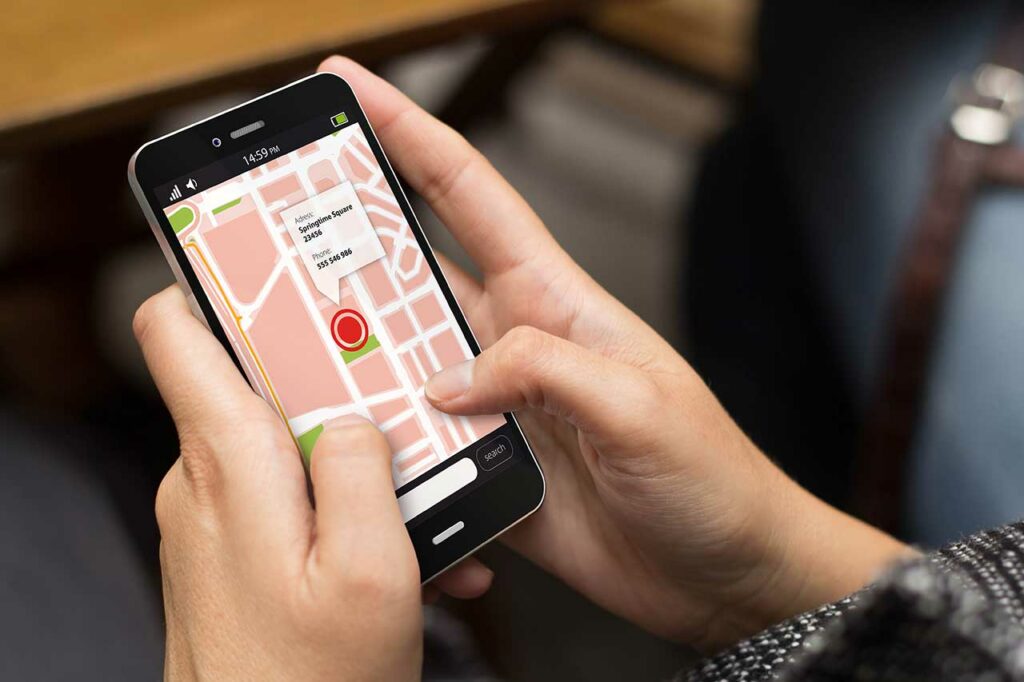
In the era of technology, GPS is something that became very common to us. We use it to find our way in unknown areas, to keep track of our packages, and to make sure that our family is safe. In fact, studies find that 40% of parents use GPS tracking to keep an eye on their kids.
That being said, GPS tracking is not only used in our daily citizen activities – it is also used to keep track of offenders. Ankle bracelets and other GPS monitoring devices can track criminal offenders on parole. This ensures that the culprit is respecting the law and no one is put in danger.
How effective are these GPS offender monitoring systems? Are there any risks in using such units? Find out more by reading our article.
Types of GPS Offender Monitoring
GPS monitoring comes in two forms. Their use often depends on the level of the offense and the danger that they may pose. Using the inappropriate type of monitoring system will reduce the effectiveness of the effort. These are the main types of surveillance used on repeat offenders.
1. Passive Monitoring
Passive monitoring is an option for offenders whose violations are not as dangerous. With this type of GPS monitoring, the offender wears some sort of tracking device (usually an ankle bracelet) at all times. That being said, the device will not send the information in real time, every minute of the day.
With passive monitoring, the parole officers will likely receive location information by the end of the day. In some cases, the device will pull the data at specific times, including online tracking and location tracking. In other cases, the offenders will have to upload that data themselves.
Passive monitoring is not recommended for serious offenses such as stalking, domestic abuse, or other violent offenses. Almost every probation violation lawyer in Florida or any other state says that the offender can find a way to disrupt the signal, fooling the police into thinking they were home. This gives them enough time to stalk their victims once more.
2. Active Monitoring
Unlike passive monitoring which uploads data once a day, active monitoring provides it 24/7. Officers will receive real-time data on the offender via GPS bracelets or physical monitoring from the correction centers. Facial recognition technology may be used in security cameras to detect their location.
Active monitoring is effective for offenders with serious charges such as stalking, sexual assault, domestic violence, or battery. Depending on the unit and offense, the tracker may allow offenders to walk only in a certain area or be requested to avoid others. The second refers to “exclusion zones,” which is often the place where the victim lives.
When the offender sets foot in the exclusion zone, the authorities will be alerted that the individual has violated their parole. As a result, a team will be dispatched to catch them and protect the victim.
Similar to passive monitoring, there is also a way for offenders to disrupt the signal. The advantage is that this can trigger the safety alert, letting the authorities know that something is amiss. This will allow them to take action immediately before anything worse happens.
Are There Any Risks to Using GPS Offender Monitoring?
Under normal circumstances, GPS monitoring would be an asset to the police force. Knowing the exact location of the offender will prevent a repeat, protecting those who have suffered from it. For instance, GPS monitoring may prevent stalkers or sex offenders to go into areas where their victims may be.
The problem with GPS monitoring is that they give a sense of security. On the plus side, it’s good for someone’s nerves. On the bad side, the victim may rely solely on the GPS tracker to stay safe. Thinking that the ankle bracelet is always functioning, they will not take the necessary precautions to protect themselves.
Many criminals have become crafty with their ankle bracelets, finding various ways to hide the signals and go unnoticed. The loss of signal may eventually be observed, sometimes immediately (especially with active monitoring). Still, by the time the police find the offenders, the offender may have already committed their next offense.
GPS monitoring can also be unreliable if the officers in charge were not trained to act quickly. Unless they have the appropriate technology and know how to respond to the procedure, they may arrive too late at the scene.
The Bottom Line
GPS offender monitoring is effective, but it is not foolproof. That being said, as long as proper care is provided, it should make an officer’s job much easier. The only condition is for the right type of tracking to be used on the offender.












